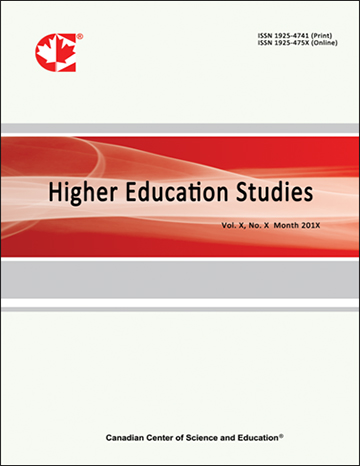Using Potential Performance Theory to Assess How to Increase Student Consistency in Taking Exams
- Stephen Rice
- David Trafimow
- Keegan Kraemer
Abstract
It has been a concern among educators and academics that U.S. students suffer from a lack of knowledge about the world around them. This is reflected in low history scores, particularly in world history. The common explanation for this is that there is some systematic deficiency in American students, in that they either do not know the material or have poor testing strategies. We offer a different way of looking at this problem using Potential Performance Theory (PPT). With PPT, we assessed the consistency with which students answered test questions and show how much performance would improve if a student were perfectly consistent. Furthermore, we show how much improvement there is in consistency over multiple sessions. Participants were given a short world history test six times in a row. The results were interesting. Consistency did improve with practice, but the systematic factors that students employed (e.g. strategies) were poor enough to counter-act the improvement due to rising consistency levels.
- Full Text:
 PDF
PDF
- DOI:10.5539/hes.v2n4p68
Index
- AcademicKeys
- CNKI Scholar
- Education Resources Information Center (ERIC)
- Elektronische Zeitschriftenbibliothek (EZB)
- EuroPub Database
- Excellence in Research for Australia (ERA)
- Google Scholar
- InfoBase
- JournalSeek
- Mendeley
- Open Access Journals Search Engine(OAJSE)
- Open policy finder
- Scilit
- Ulrich's
- WorldCat
Contact
- Sherry LinEditorial Assistant
- hes@ccsenet.org
